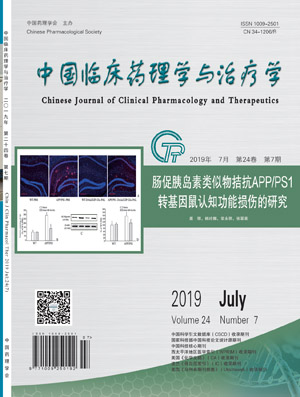AIM: To study the protective effect and possible mechanism of saponins from Rhizoma Panacis Majoris (SRPM) on cerebral ischemia-reperfusion (I/R) injury in mice. METHODS: Male Kunming mice were randomly divided into sham operation group, model group, SRPM (100 mg/kg), SRPM (200 mg/kg) and nimodipine group (2 mg/kg). The drug groups were given corresponding drugs by gavage, while the sham operation group and the model group were given 0.5% sodium carboxymethyl cellulose solution by gavage once a day for 7 consecutive days. After 7 days of administration, the middle cerebral artery occlusion model was established in mice in the sham operation group. After 2 hours of ischemia and 24 hours of reperfusion, the neurological deficit score, brain edema, infarct area and brain histomorphology were analyzed. The levels of ROS, LDH, SOD, GSH-Px, CAT and MDA in blood were detected. The protein levels of p-PI3K, PI3K, p-Akt, Akt Bcl-2, Bax, cytochrome C, cleaved-caspase-9 and cleaved-caspase-3 in brain tissue were detected by Western blot. RESULTS:SRPM (100 and 200 mg/kg) and nimodipine (2 mg/kg) could significantly improve neurological deficit score, brain edema, infarct area and brain histomorphology in cerebral I/R injury mice, reduce the levels of ROS, LDH and MDA, increase SOD, GSH-Px, CAT activities in serum, up-regulate the protein expressions of p-PI3K, p-Akt, Bcl-2, and Bcl-2/Bax ratio, down-regulate the protein expressions of Bax, cytochrome C, cleaved-caspase-9 and cleaved-caspase-3. CONCLUSION: The protective effect of SRPM on I/R injury mice may be related to its activation of PI3K/Akt pathway and inhibition of mitochondrial-mediated apoptotic pathway.


